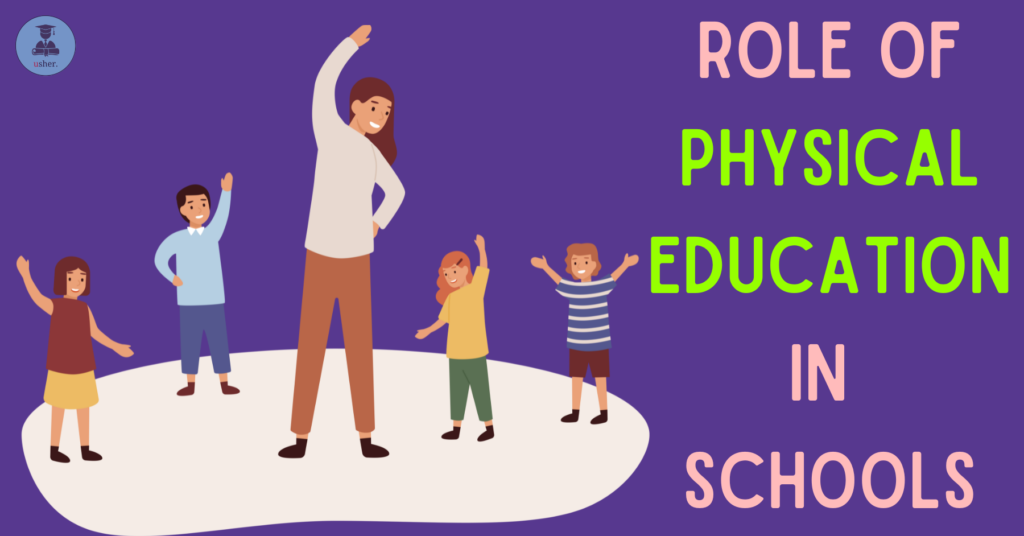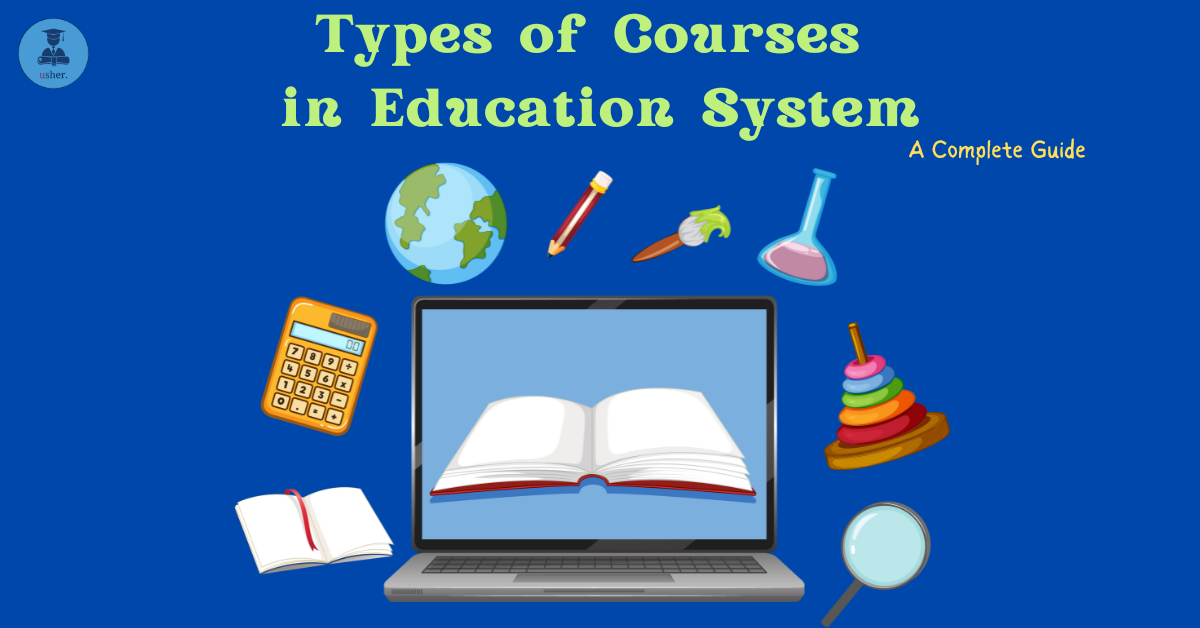Physical exercise and meditation are part of a student’s growth and development. Regular exercise and meditation keep students physically fit and mentally sharp.
We have discussed the benefits of exercise and meditation for students.
Let us understand the role and importance of physical education in a school’s curriculum.
What is Physical Education?
Physical education in schools refers to the structured and planned activities that aim to promote physical fitness, develop motor skills, and enhance overall well-being among students.
It encompasses a wide range of activities such as sports, games, dance, yoga, meditation and gymnastics.
The inclusion of physical education in the school curriculum is crucial as it not only promotes a healthy lifestyle but also fosters social skills, teamwork, discipline, and self-confidence among students.
Also physical education provides a much-needed break from academic studies!
Role of Physical Education in Schools
Physical education plays a multifaceted and vital role in the educational system.
Physical Health
Physical education helps students develop and maintain their physical health by engaging in regular physical activity. It promotes cardiovascular fitness, muscular strength, and flexibility, which are essential for overall well-being. Through various activities it helps in the development of motor skills, coordination and agility.
Mental and Emotional Well-being
Engaging in physical activities helps with mental and emotional well-being. Physical education provides an outlet for students to release stress and improve their mood. It also promotes self-confidence and boosts self-esteem through accomplishments in physical activities.
Cognitive Development
Engaging in physical activities has been shown to enhance cognitive development. It improves concentration, memory, and problem-solving skills. Physical education also promotes critical thinking and decision-making abilities, as students are often required to strategize and make quick judgments during games and sports.
Regular exercise has been linked to improved brain health, supporting overall cognitive development.
Social and Behavioral Development
Physical education promotes social and behavioral development by providing opportunities for teamwork, cooperation, and communication.
Through sports and games, students learn how to work together towards a common goal, resolve conflicts, and build positive relationships with their peers.
It also helps develop important life skills such as discipline, perseverance, and self-confidence. These social and behavioral skills learned through physical activities can have a positive impact on students’ overall well-being and success in various aspects of their lives.
Inclusivity and Diversity
Sports and games promote inclusivity and diversity by providing opportunities for students of all backgrounds and abilities to participate and excel.
It encourages acceptance, respect, and appreciation for different cultures, perspectives, and abilities, fostering a more inclusive and diverse community.
Through sports, students learn to value teamwork and cooperation regardless of individual differences, creating a more inclusive environment both on and off the field.
Long-term Health Impact
Participating in sports and games has long-term health benefits for students.
The habits formed in school often persist into adulthood. Physical education plays a pivotal role in instilling lifelong healthy habits and reducing the risk of health issues in the future.
Physical Education in Online Learning
Previously, physical education was only offered in person. However, since the educational system has shifted from an offline to an online one, physical education must now be offered online as well.
In fact, physical education now offers unique opportunities for students to benefit in various ways.
Virtual Physical Activities
Schools can provide access to recorded or live workout sessions, exercise routines, and yoga classes that students can follow from home.
They can organize virtual challenges where students track their physical activities and compete or collaborate with peers to encourage participation.
Providing Educational Resources
Develop interactive modules that educate students on the importance of physical activity, nutrition, and overall health.
Hosting sessions discussing various health-related topics to enhance students’ knowledge and understanding of fitness and well-being.
Incorporating Technology
Providing access to fitness apps or tools that guide students through workouts, monitor progress, and offer feedback.
Utilizing VR or gamified fitness activities that make exercise more engaging and interactive.
Student Engagement and Support
Schools can offer guidance and support through online platforms, ensuring students receive assistance in designing their fitness routines and addressing any queries.
Adaptive and Inclusive Approaches
Providing modifications for exercises to accommodate different abilities and ensure inclusivity.
Promoting family involvement in physical activities to create a supportive environment and encourage participation.
Assessments and Awards
Schools can set up systems to track students’ physical activity and development, rewarding participation and accomplishments with virtual badges or certifications.
Physical education in schools is the bedrock for the overall development of students. It’s not just about staying fit; it’s about shaping well-rounded individuals equipped with skills and habits that will serve them throughout their lives.
The role it plays in fostering physical, mental, and social well-being cannot be overstated, and it should continue to receive the emphasis it deserves in schools and educational institutions.




